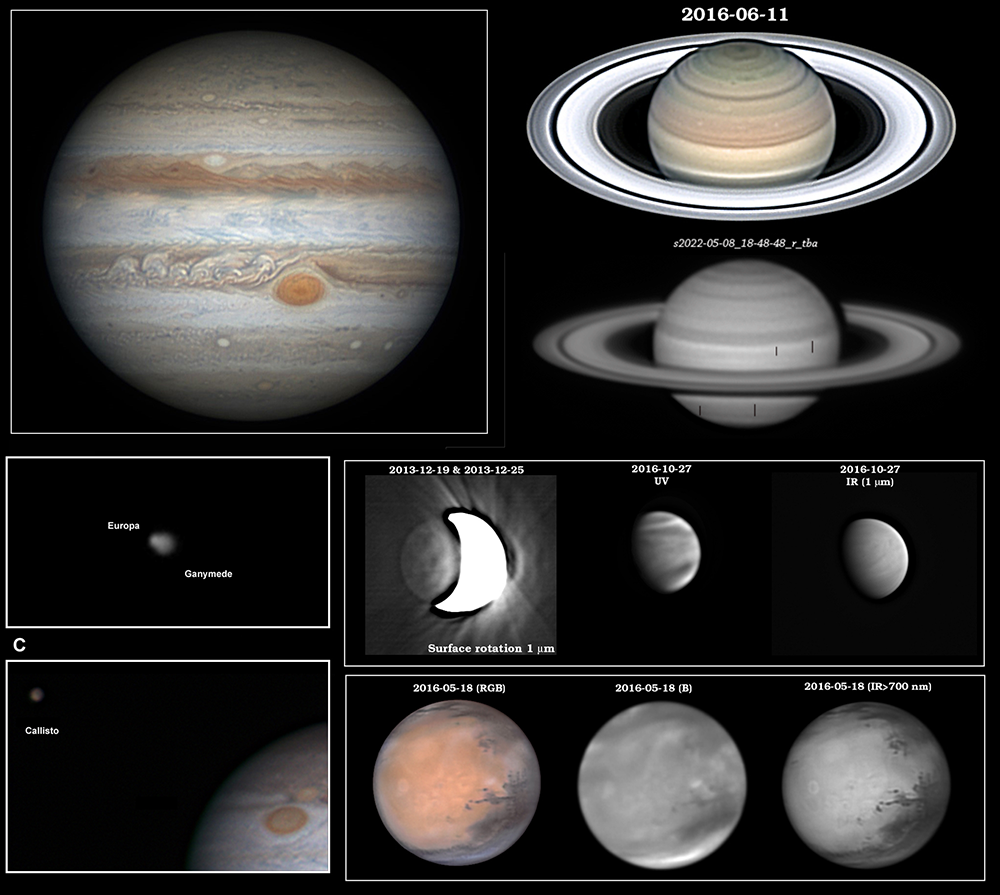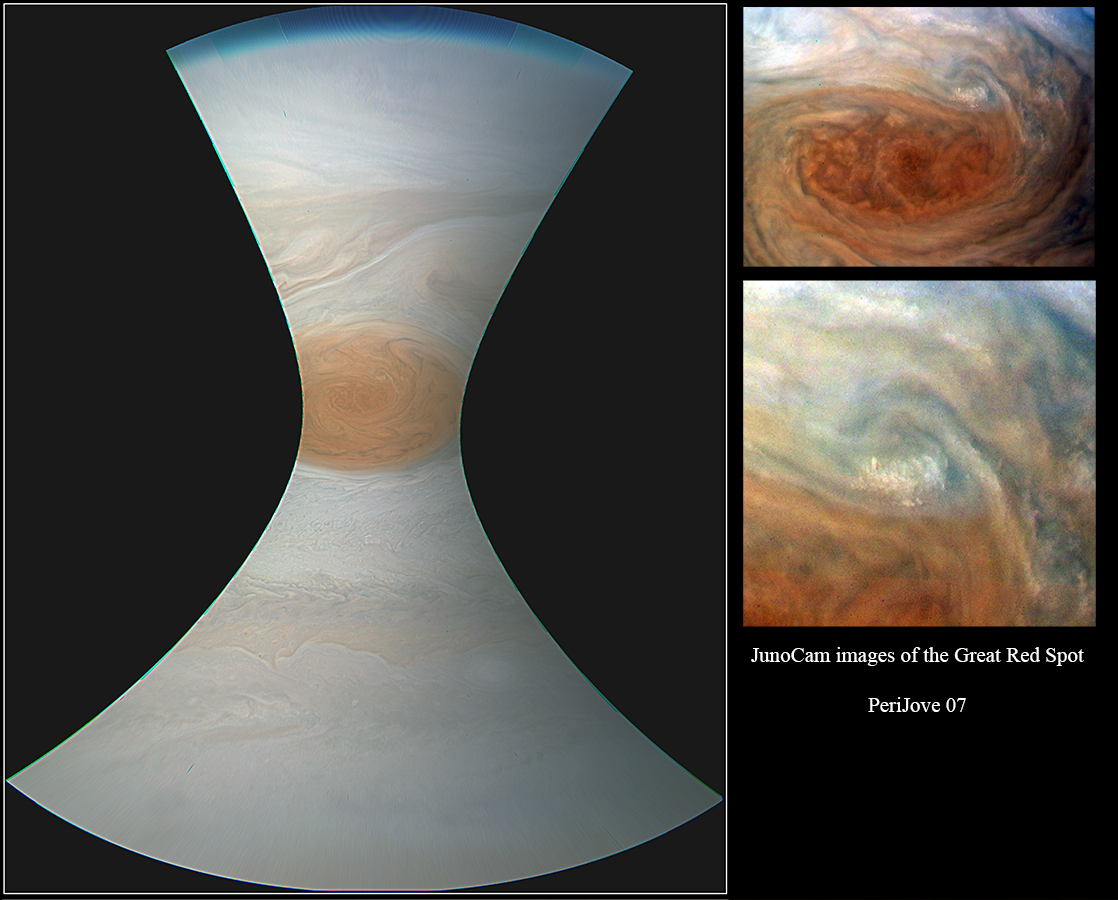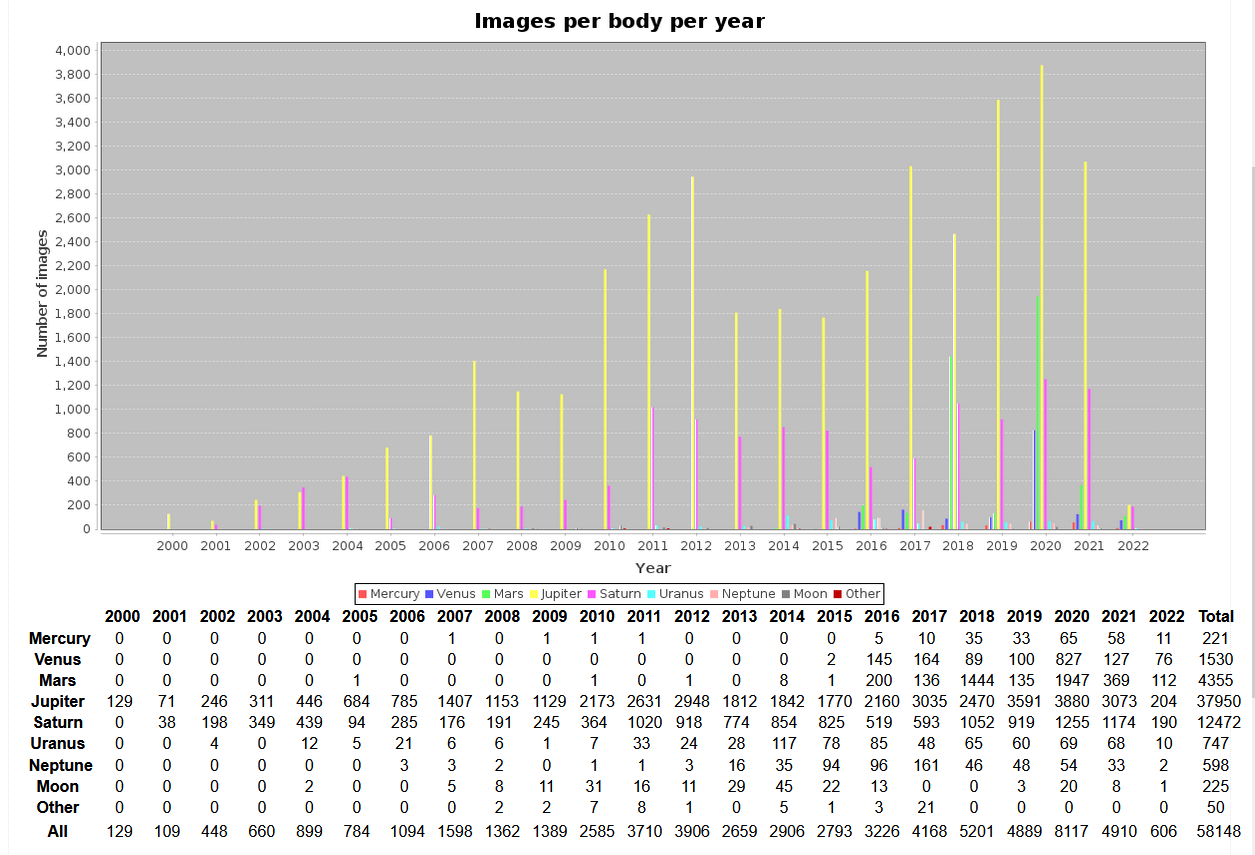Status of the PVOL Image database and future prospects
- 1Universidad del País Vasco / Euskal Herriko Unibertsitatea, Escuela de Ingenieria de Bilbao, Física Aplicada I, Bilbao, Spain (ricardo.hueso@ehu.es)
- 2Planetario de Pamplona, Pamplona, Espain
- 3LESIA, Obs. Paris/PSL/CNRS/Sorbonne Univ/Univ. Paris, France
The Planetary Virtual Observatory & Laboratory database (PVOL, http://pvol2.ehu.eus/pvol2/) contains a large set of amateur observations of solar system planets and is a tool that has been widely used in pro-am collaborations. PVOL is integrated in the Virtual European Solar and Planetary Access (VESPA, http://vespa.obspm.fr/planetary/data/) set of services developed through Europlanet 2020 RI and Europlanet 2024 RI, further increasing its visibility in the professional astronomy landscape. The essential content of PVOL is images of the planets obtained by amateur astronomers. This content is continuously updated by registered users, and a web manager who uploads submissions from not registered users sent by email to pvol@ehu.eus.
Close to planetary oppositions, daily observations of Mars, Jupiter and Saturn allow detailed surveys of their atmospheric activity. Near maximum elongation of Venus, amateur images unveil large-scale structures in the clouds. Amateur observations of Uranus and Neptune are not so common, but amateurs obtain very valuable observations of these atmospheres in special cases when alerts of new large atmospheric features are sent. The potential for science of these data sets is very large, and PVOL contains a list of >40 scientific publications led by researchers from several independent teams using data from PVOL in different domains. Further observations of Galilean moons and even our Moon can be submitted to PVOL where the data can serve different purposes, including educational ones. Thus, PVOL is increasing is role as a general service to the planetary sciences community and the amateur astronomers collaborating with different research groups.
Figure 1 shows a set of various images of planets available in the database.

Figure1: Set of amateur images in the PVOL database obtained by different observers and covering different scientific domains.
In recent years, new data types have been added including: (i) Maps of Junocam images of Jupiter (see Figure 2), (ii) photometry and spectroscopic data. The system also keeps track of publications using PVOL data and supports specific campaigns, like the Venus BepiColombo flyby, or the search for Jovian Impacts in collaboration with the DeTeCt project at http://www.astrosurf.com/planetessaf/doc/project_detect.php. In addition, PVOL contains an alert section where observational alerts are updated regularly besides submissions by email to specific e-mail lists of amateur astronomers.
In this contribution we review the status of the data in PVOL (see Figure 3) and additional services and we indicate future plans for PVOL including a better handling of photometric and spectroscopic data submitted by amateur astronomers.

Figure 2: One of the many Junocam maps of Jupiter in the PVOL database.

Figure 3: Number of observations per target currently stored in PVOL. Jupiter numbers include maps of Jupiter obtained by the Junocam instrument on the Juno mission.
Acknowledgements
We are very grateful to the large community of amateur astronomers submitting their observations to PVOL. We are also grateful to C. Hansen and G. S. Orton for their generous collaboration in helping us with data from the Junocam instrument, and also from their continuous support of pro-am activities around Juno. Europlanet 2024 RI has received funding from the European Union’s Horizon 2020 research and innovation programme under grant agreement No 871149.
How to cite: Hueso, R., Legarreta-Exegibel, J., Sánchez-Lavega, A., Ordoñez-Etxeberria, I., Erard, S., and Garate-Lopez, I.: Status of the PVOL Image database and future prospects, Europlanet Science Congress 2022, Granada, Spain, 18–23 Sep 2022, EPSC2022-854, https://doi.org/10.5194/epsc2022-854, 2022.

